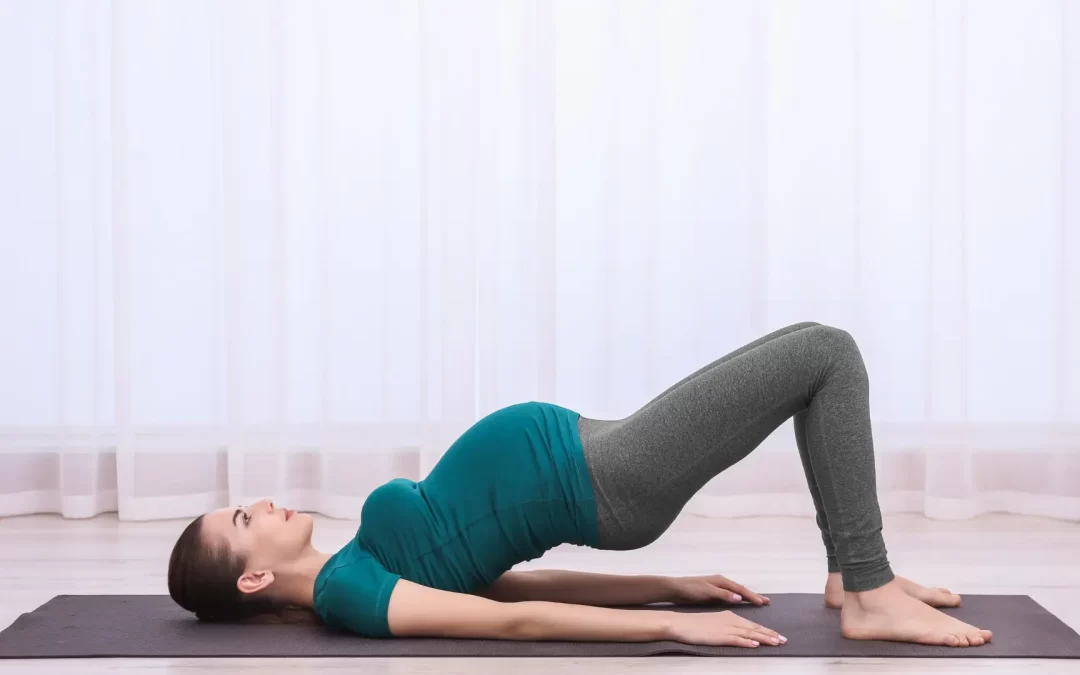How Can Yoga Help with Swelling and Circulation During Pregnancy?
Pregnancy is a time of profound physical and emotional changes, and while it is a beautiful and transformative experience, it often comes with its share of discomforts. Among the most common issues faced by expectant mothers are swelling (edema) and poor circulation. These problems can lead to discomfort, pain, and even complications if not managed properly. Yoga, with its holistic approach to wellness, can be a powerful tool to alleviate these issues. This blog explores how online pregnancy yoga classes can help with swelling and circulation during pregnancy, offering practical insights and techniques for expectant mothers.
Understanding Swelling and Circulation Issues During Pregnancy

What Causes Swelling and Poor Circulation?
Swelling and poor circulation during pregnancy are primarily caused by the body’s natural adjustments to support the growing baby. Key factors include:
- Increased Blood Volume: The body produces more blood to supply nutrients and oxygen to the baby, leading to increased pressure on blood vessels.
- Hormonal Changes: Hormones like progesterone cause blood vessels to relax, which can slow circulation.
- Pressure from the Growing Uterus: As the uterus expands, it can compress veins, particularly the inferior vena cava, which carries blood from the lower body back to the heart, leading to swelling in the legs and feet.
- Fluid Retention: The body tends to retain more fluid during pregnancy, contributing to swelling in various parts of the body, especially the extremities.
Common Areas Affected by Swelling
Swelling can occur in various parts of the body, but it is most commonly seen in the:
- Ankles and feet
- Hands
- Face
- Legs
Poor circulation can exacerbate these issues, leading to discomfort and increased risk of complications such as deep vein thrombosis (DVT).
The Benefits of Yoga for Swelling and Circulation
Online yoga classes are a gentle and effective way to address swelling and circulation issues during pregnancy. Here’s how:
1. Improved Blood Circulation
Yoga poses and sequences promote blood flow throughout the body. By practicing specific poses, pregnant women can enhance circulation, ensuring that blood is efficiently transported back to the heart and reducing the risk of swelling.
2. Reduction of Fluid Retention
Certain yoga poses help stimulate the lymphatic system, which is responsible for removing excess fluid from tissues. This can significantly reduce swelling, especially in the legs, ankles, and feet.
3. Enhanced Relaxation and Stress Relief
Stress and anxiety can exacerbate swelling and circulation problems. Yoga promotes relaxation through deep breathing and mindful movement, helping to reduce stress hormones that can contribute to fluid retention.
4. Gentle Stretching and Muscle Activation
Gentle stretching and muscle activation in yoga help to keep the body limber and reduce the discomfort associated with swelling. These activities can also prevent stiffness and improve overall comfort.
Effective Yoga Poses for Swelling and Circulation During Pregnancy
Here are some yoga poses that are particularly beneficial for improving circulation and reducing swelling during pregnancy. Always consult with a healthcare provider before starting any new exercise routine, and consider working with a prenatal yoga instructor to ensure safety and proper technique.
1. Legs Up the Wall (Viparita Karani)

This restorative pose is excellent for improving circulation and reducing swelling in the legs and feet.
How to Perform:
- Sit sideways next to a wall.
- Swing your legs up the wall as you lie back, creating an L-shape with your body.
- Keep your arms relaxed by your sides and focus on deep breathing.
- Stay in this position for 5-10 minutes.
2. Cat-Cow Stretch (Marjaryasana-Bitilasana)
This gentle flow between two poses helps to stimulate blood flow and relieve tension in the spine.
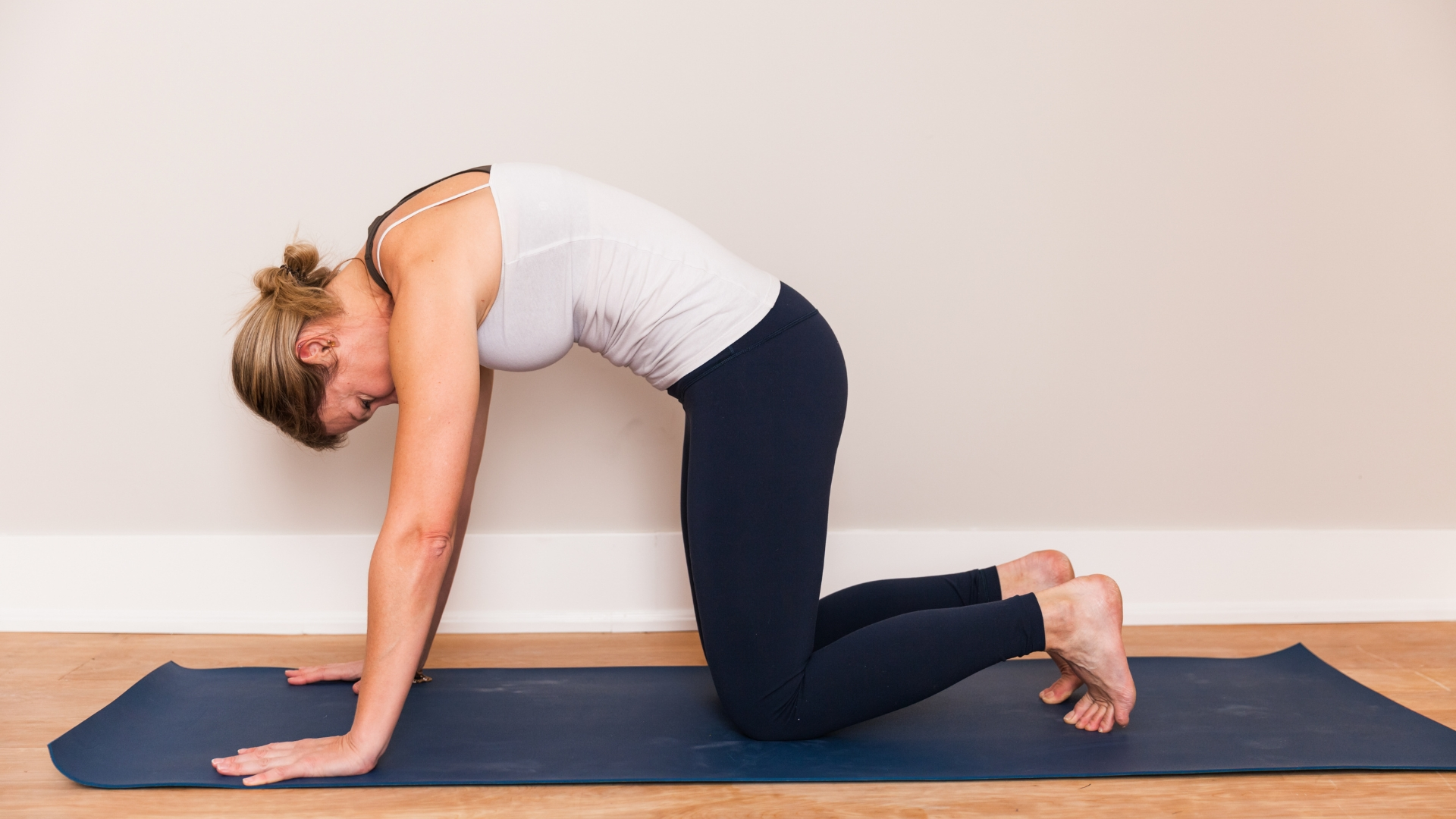
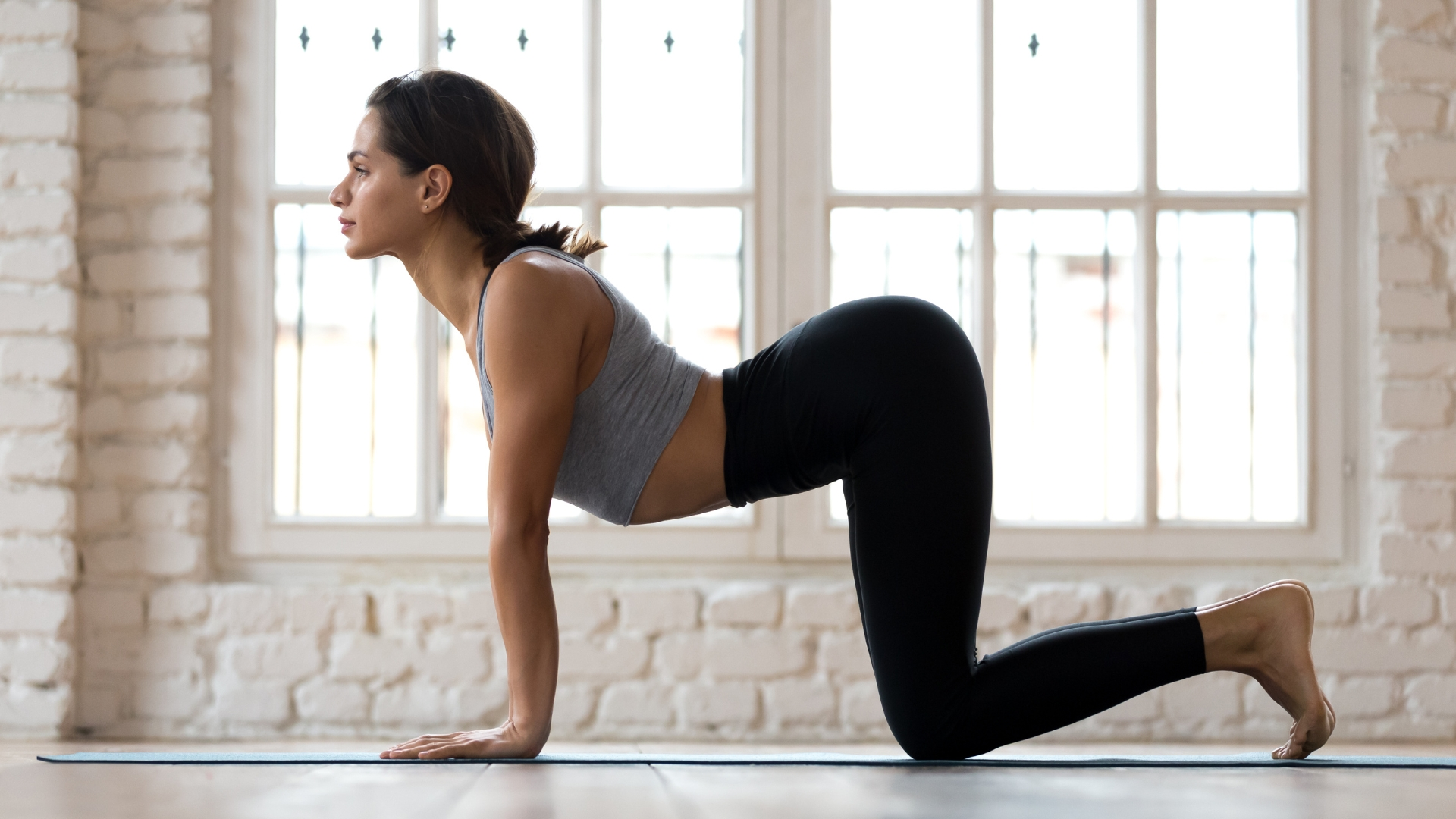
How to Perform:
- Start on your hands and knees in a tabletop position.
- Inhale, arch your back, and lift your head and tailbone towards the ceiling (Cow Pose).
- Exhale, round your spine, and tuck your chin to your chest (Cat Pose).
- Repeat for 5-10 breaths, moving slowly and mindfully.
3. Supported Bridge Pose (Setu Bandhasana)
This pose helps to open the chest and improve circulation, and it can be modified with props for added comfort.

How to Perform:
- Lie on your back with your knees bent and feet flat on the floor, hip-width apart.
- Place a block or bolster under your lower back for support.
- Lift your hips towards the ceiling, opening your chest and stretching the front of your body.
- Hold for 5-10 breaths, then slowly lower your hips back down.
4. Bound Angle Pose (Baddha Konasana)
This seated pose helps to open the hips and improve blood flow to the lower body.
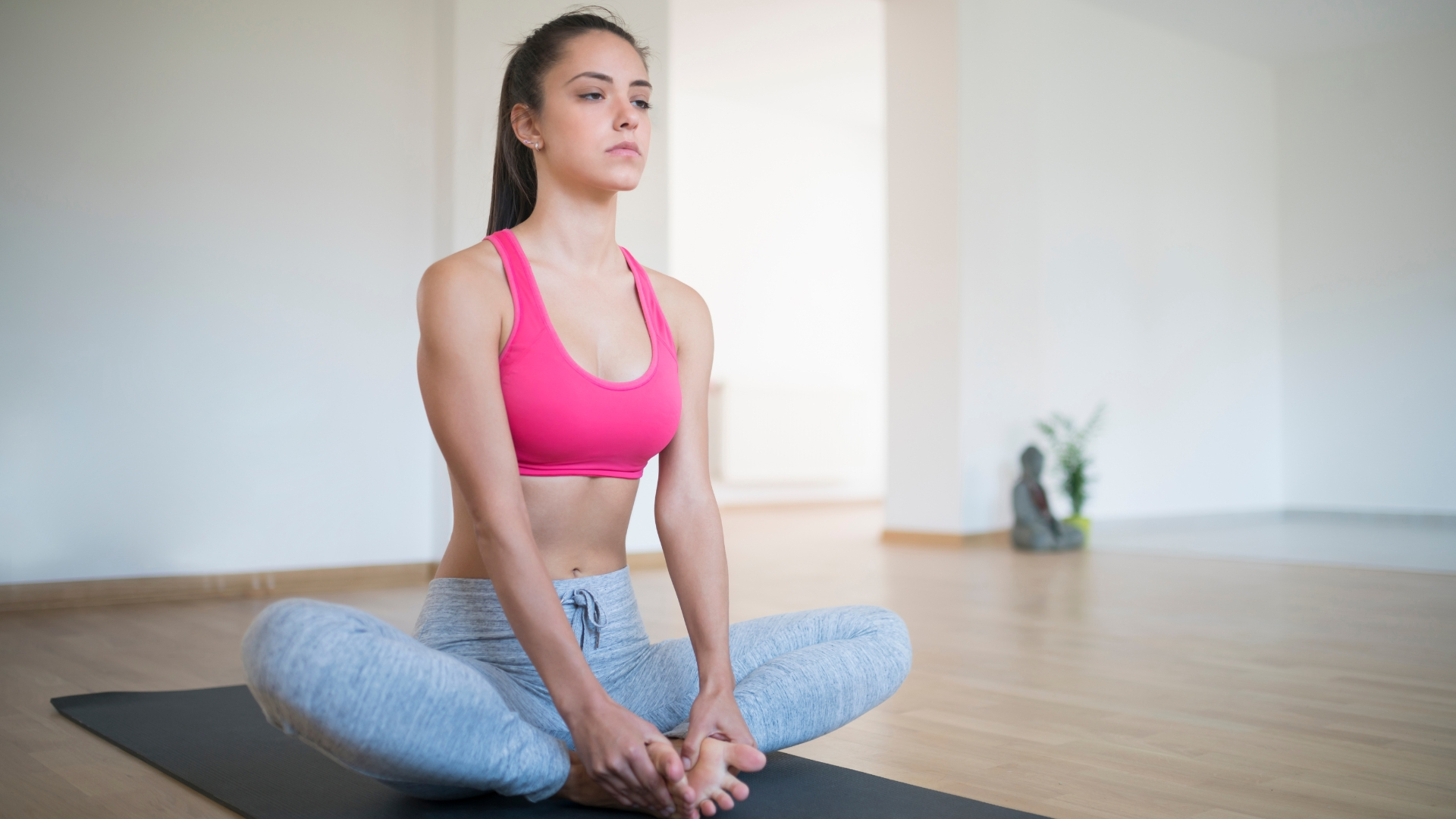
How to Perform:
- Sit on the floor with your legs extended.
- Bend your knees and bring the soles of your feet together, allowing your knees to drop out to the sides.
- Hold your feet with your hands and sit up tall, lengthening your spine.
- Stay in this pose for 5-10 breaths, focusing on deep, steady breathing.
5. Prenatal Sun Salutations
A modified version of the traditional Sun Salutation sequence can be very effective for promoting overall circulation and keeping the body active and flexible.
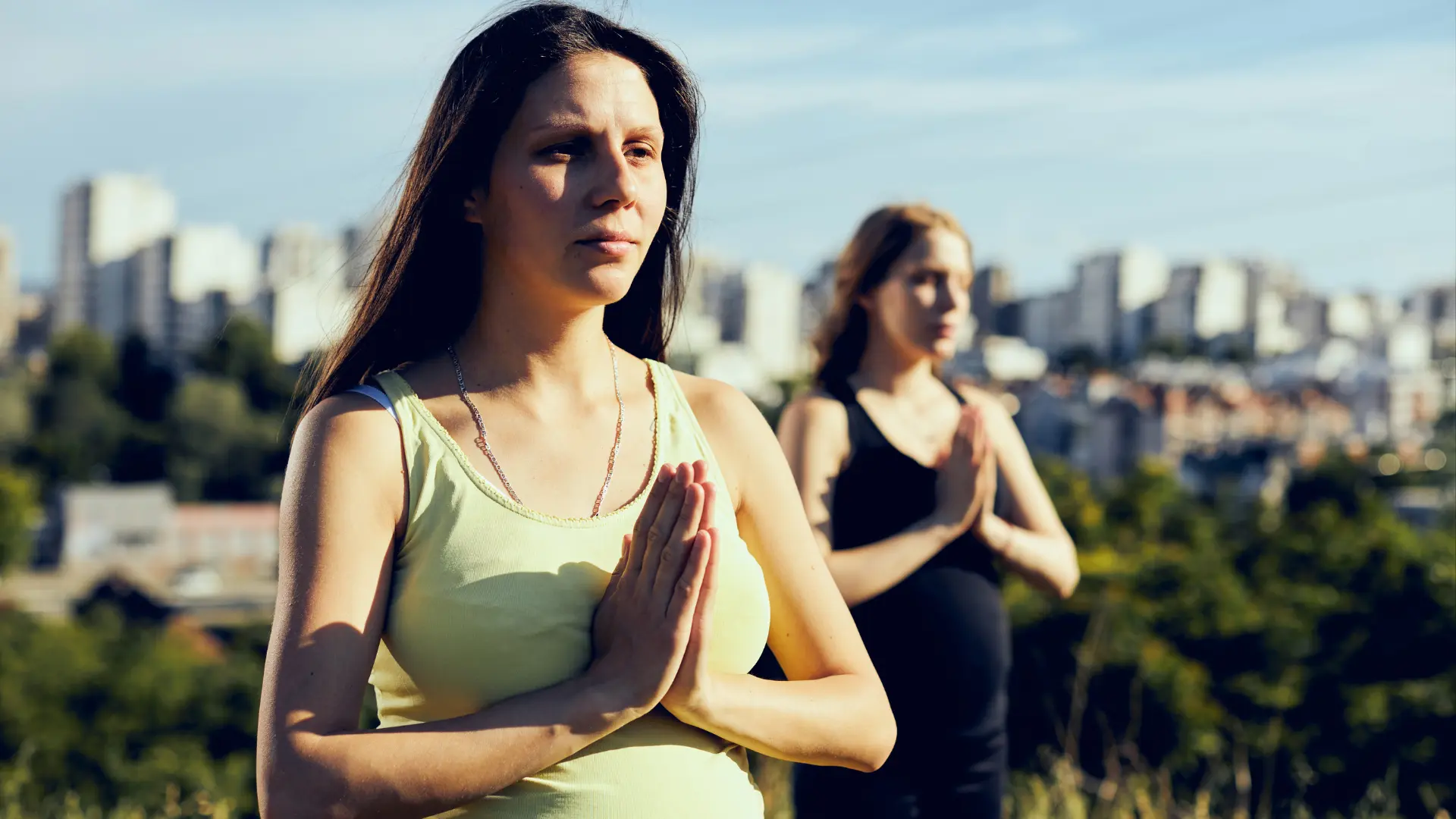
How to Perform:
- Start in Mountain Pose (Tadasana) with your feet hip-width apart.
- Inhale, raise your arms overhead.
- Exhale, fold forward, bending your knees as needed.
- Inhale, lift halfway up with a flat back.
- Exhale, step back into a gentle plank position, then lower your knees to the floor.
- Inhale, lower your chest and chin, keeping your elbows close to your body.
- Exhale, slide forward into a gentle Cobra Pose.
- Inhale, tuck your toes and lift your hips into Downward-Facing Dog.
- Exhale, step or walk your feet forward to your hands.
- Inhale, lift halfway up with a flat back.
- Exhale, fold forward.
- Inhale, rise to standing, reaching your arms overhead.
- Exhale, return to Mountain Pose.
Breathing Techniques to Enhance Circulation and Reduce Swelling
Breathing exercises, known as pranayama, are a vital component of yoga and can significantly enhance circulation and reduce swelling. Here are a few techniques that are safe and beneficial during pregnancy:
1. Deep Diaphragmatic Breathing
This technique involves deep, slow breaths that engage the diaphragm, promoting relaxation and improving oxygen flow. Hold your breath for 2 seconds. Slowly exhale through your relaxed mouth for 6 seconds. Repeat for 5-15 minutes.
How to Perform:
- Sit comfortably with your back straight and shoulders relaxed.
- Place one hand on your chest and the other on your belly.
- Inhale deeply through your nose, allowing your belly to expand. Hold your breath for 2 seconds.
- Exhale slowly through your mouth, feeling your belly fall for 6 seconds.
- Repeat for 5-10 minutes, focusing on the rise and fall of your belly.
2. Ujjayi Breathing (Ocean Breath)
This technique helps to calm the mind and improve circulation by creating a gentle constriction in the throat.
How to Perform:
- Sit comfortably with your back straight.
- Inhale deeply through your nose.
- Exhale through your nose while slightly constricting the back of your throat, creating a soft, ocean-like sound.
- Continue for 5-10 minutes, maintaining a steady and rhythmic breath.
Tips for Practicing Yoga Safely During Pregnancy
While yoga is generally safe and beneficial during pregnancy, it’s important to take certain precautions to ensure the health and well-being of both mother and baby:

- Consult with Your Healthcare Provider: Before starting any new exercise routine, get clearance from your doctor or midwife.
- Work with a Prenatal Yoga Instructor: Consider taking classes with a certified prenatal yoga instructor who can provide modifications and ensure proper technique.
- Listen to Your Body: Pay attention to how your body feels during practice and avoid any poses or movements that cause discomfort or strain.
- Avoid Overstretching: Pregnancy hormones can make your ligaments more flexible, so be cautious not to overstretch.
- Stay Hydrated: Drink plenty of water before, during, and after your yoga practice.
- Use Props for Support: Props like blocks, bolsters, and straps can help you maintain proper alignment and provide additional support. You can read our blog “What Equipment Do You Need to Start Practicing Yoga at Home?” for more information about the yoga equipment.
Conclusion
Yoga is a wonderful practice that can provide significant relief from swelling and circulation issues during pregnancy. By incorporating gentle poses, mindful breathing, and relaxation techniques, expectant mothers can enhance their overall well-being, reduce discomfort, and enjoy a more comfortable pregnancy. Always remember to practice with caution, listen to your body, and seek guidance from healthcare professionals and experienced yoga instructors. With these practices, yoga can be a valuable ally in your journey towards a healthy and joyful pregnancy.
Inquiry
If you have any questions, please feel free to reach out. We’ll be glad to help!

